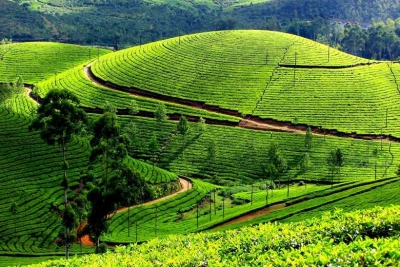
India has many breath-taking hill stations from north to south that draw in thousands of tourists every year. Among these hill stations, a few hold a special place in the hearts of avid travellers from all across the world. Munnar, also known as the ‘Kashmir of South India’ and others such as Ooty, Kodaikanal, and the Nilgiri hills are genuine paradises on Earth.
Also known as Pashchim Ghat or Sahyadiri, the Western Ghats are a long chain of mountain ranges that run from north to south along the western border of the Indian peninsula. The mountains stretch 1,600 km, beginning from Gujarat, and pass through Maharashtra, Goa, Karnataka, and Kerala before it ends in Tamil Nadu. The Aanamudi of Kerala, the highest peak in the Western Ghats, is known as the Everest of South India!
Beneath the green blanket of these majestic hills lies an entirely spectacular world teeming with exotic plant and animal life!
According to UNESCO, these World Heritage sites are older than the Great Himalayas, and are among the world’s eight most important hotspots! Apart from the thousands of plant and animal species discovered these terrains are abode to at least 325 globally threatened species and are indeed rivals of the great Amazonian rainforests!
The Western Ghats come between the Konkan Coast of the Arabian Sea and the peninsular Deccan Plateau. Its rainforests are vital in deciding the annual Indian monsoon patterns. Over 40 per cent of India’s river systems pass through these catchments before draining out into the Arabian Sea. The northern Western Ghats and the southern Western Ghats each have two types of forests, the moist deciduous forests and the montane forests.
Picture Credit : Google




